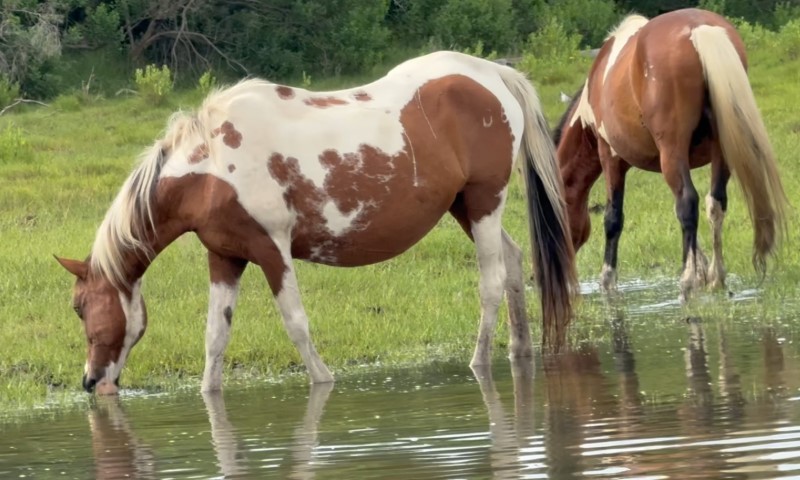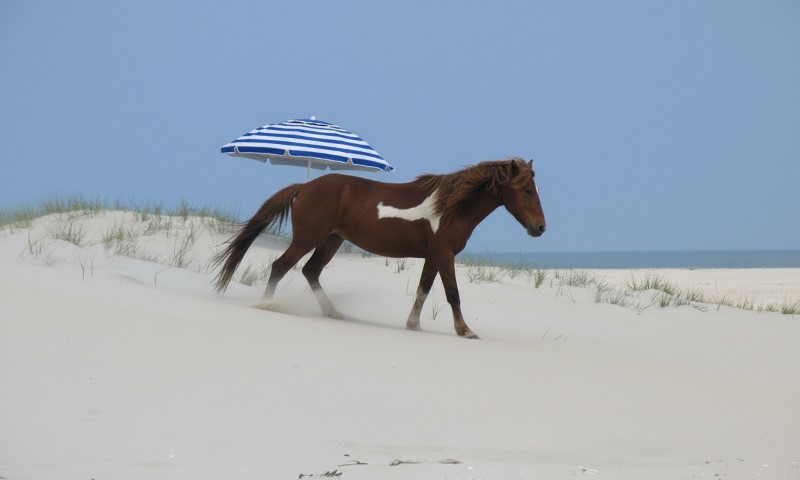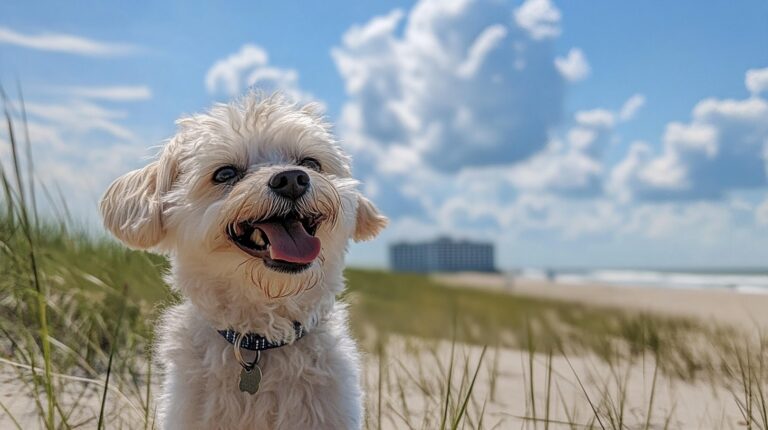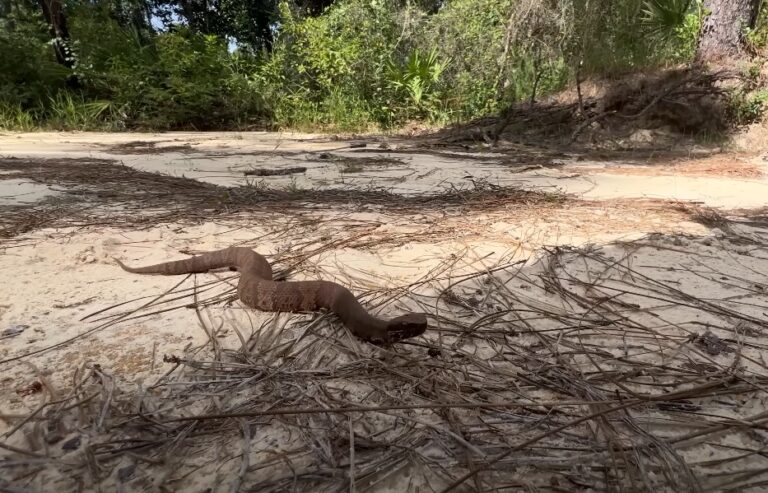Few American horse stories blend myth, science, landscape, and community spirit the way the Chincoteague Pony does. Ask people what makes these ponies special, and they will usually mention the famous pony swim, or the way they seem to appear out of the mist on Assateague’s marshes, manes tangled by salt wind.
But the true answer is more layered and more concrete: Chincoteague Ponies are a rare example of a semi-feral, island-adapted breed that has shaped the local economy, influenced conservation policy, and become a cultural symbol recognized far beyond Virginia’s Eastern Shore.
Their history stretches back centuries. Their resilience is the reason they survived on a barrier island at all. And their identity today is linked not just to their distinctive appearance but to the people who have protected them generation after generation.
Table of Contents
ToggleA History Rooted in Legend and Supported by Evidence

The Spanish Shipwreck Theory
One of the longest-running stories about Chincoteague Ponies is that they descended from Spanish horses that survived a shipwreck in the 1500s or 1600s. While there is debate about how much genetic influence came from Iberian horses, coastal shipping records do confirm that Spanish vessels traveled the Atlantic coastline heavily, and that livestock transports were common.
Archaeologists and historians note that several documented shipwrecks occurred near Assateague, making the theory plausible. Genetic testing of the modern herd has shown a mix of signatures, including some that align loosely with early Spanish types.
What is certain is that their ancestors were hardy enough to survive isolation, storms, limited freshwater, and poor grazing, a selective pressure that shaped the pony we know today.
Colonial-Era Management
By the 17th and 18th centuries, locals began keeping their horses on Assateague Island to avoid fencing taxes imposed on mainland properties. The island’s marshes acted as a natural pasture, and the isolation offered protection from disease outbreaks common in early settlements.
Over time, these free-roaming horses began to develop a recognizable type: compact, strong, and adapted to salty forage. This was the foundation of the Chincoteague Pony.
A Modern Recognition: The Pony Becomes a State Symbol
In 2025, the Chincoteague Pony reached a historic milestone. At the 98th Annual Chincoteague Fireman’s Carnival, Governor Glenn Youngkin signed HB 1951 and SB 1478 into law, officially designating the Chincoteague Pony as the State Pony of Virginia.
The moment was shared with hundreds of visitors, local leaders, first responders, and longtime residents who grew up with the tradition. The Governor emphasized how deeply the ponies shape the region’s identity:
Delegate Rob Bloxom echoed that sentiment, saying the ponies may be small, but their economic and cultural impact is monumental.
This recognition did more than grant honorary status; it cemented the pony’s importance in Virginia’s broader equine history, placing it beside other major state symbols and strengthening conservation commitments.
The Legendary Pony Swim: A Tradition Nearly 300 Years Old
Every summer, the Chincoteague Volunteer Fire Company conducts the famous pony swim, herding the Assateague ponies across a narrow channel to Chincoteague Island. Tens of thousands of spectators gather for it, making it one of the largest and most enduring equine traditions in the United States.
Why the Swim Exists
The purpose is practical as well as cultural. The Fire Company manages the herd and sells foals at auction to:
- Control population size
- Fund veterinary care
- Support local fire and rescue services
It is conservation intertwined with community benefit, and it has worked for decades. The swim is not some staged spectacle; le the ponies truly are semi-feral animals being moved in a way that reflects the island’s geography and real management needs.
When you stand among the crowd, the tension is quiet but real. Saltwater splashes, handlers move with practiced calm, and then the ponies emerge on the shoreline, wet, determined, and unmistakably themselves. It is difficult not to feel something in that moment, even if you did not grow up with the tradition.
What Makes the Breed Unique?

1. Island Adaptation and Hardiness
These ponies are compact but powerful animals, typically standing 12–14 hands, though many grow taller when adopted and provided richer grazing. Their dense coats and short, muscular builds are the result of generations surviving marsh grass, salt spray, winter winds, and limited freshwater.
2. Distinctive Appearance
Chincoteague Ponies often have:
- Strong barrel-shaped bodies
- Thick manes and tails
- Short, hardy legs
- A broad head with expressive eyes
- Coat patterns ranging from solid colors to striking pintos
The variety is part of what makes the herd visually iconic.
3. Temperament
Despite their wild upbringing, many ponies become calm, people-friendly companions once adopted. They are known to be intelligent, curious, and steady under saddle, qualities that make them excellent for children’s riding programs and family homes.
4. A Structured Conservation Program
The ponies are jointly managed by:
- The Chincoteague Volunteer Fire Company
- The U.S. Fish & Wildlife Service
- Local veterinarians and conservation partners
This oversight ensures the herd remains healthy, genetically diverse, and sustainable for the long term.
The Pony’s Role in Local Culture and Tourism
Spend any time on Chincoteague Island, and you quickly realize that these ponies are not just animals, they are an identity. Shops, murals, children’s books, and even restaurant names reference the herd.
The annual auction brings in families who have been attending for generations, and local hotels book out months in advance. Some residents measure the year not by seasons but by “how close we are to pony swim week.”
In researching this article, I came across several long-time islanders who said that watching the ponies feels like watching the island breathe. That line stayed with me because it captures something essential about why the breed remains so beloved.
Health, Nutrition, and Breed Care Insights
Although many Chincoteague Ponies grow up in the wild, once adopted, they thrive on well-managed nutrition and regular care. Midway through my research, I also checked some resources from Equus Victu, an equine-focused site known for practical feeding and management insights.
Their broader philosophy on forage-first diets and mineral balance helps explain why formerly wild ponies often bloom when given proper pasture, hay testing, and balanced supplementation.
What struck me most is that even these tough island-born ponies respond dramatically to thoughtful management. Their metabolism is efficient. The muscles change quickly with training. And their hardy reputation does not mean they do best on neglect; it means they flourish when care aligns with their natural biology.
Why the Chincoteague Pony Continues to Captivate

A Symbol of Wildness That Still Belongs to a Community
Many horse breeds are admired for elegance, speed, or competition records. Chincoteague Ponies are admired because they represent something less polished and more real: survival, tradition, and a deep link between people and place.
A Living Story You Can Still Witness
Few breeds have a cultural ritual as enduring as the pony swim. The sight of horses crossing open water is something that stays with you.
A Rare Example of Successful Conservation
At a time when many horse breeds face declining populations, the Chincoteague Pony herd remains stable, carefully managed, and sustainably growing.
A Breed With a Future
The new Virginia state designation helps ensure that these ponies are not just a nostalgic symbol but an officially recognized part of American heritage. Future generations will grow up knowing exactly why these horses matter.
Conclusion
The Chincoteague Pony is one of those rare animals whose story is entirely tied to a place and a people. Their history is older than most towns on the Eastern Shore. Their endurance is a testament to nature’s quiet strength. And their future now carries the weight of official recognition from the Commonwealth of Virginia.
Having watched them graze on the island’s marsh grass and move with surprising softness across coarse sand, I can say the fascination makes sense. They are not mythic creatures, but their presence feels like a reminder of how closely humans and landscapes are intertwined.
Related Posts:
- Mysterious History of Virginia’s Natural Bridge
- What’s It Like Living in Chincoteague, Virginia?
- Joint Operation by Virginia Beach, Hampton, and…
- Virginia's Venomous Snakes: Identification and Safety Tips
- Kayaking in Virginia Beach: Where to Launch and What to See
- Top 5 Family-Friendly Campgrounds in and Around…







